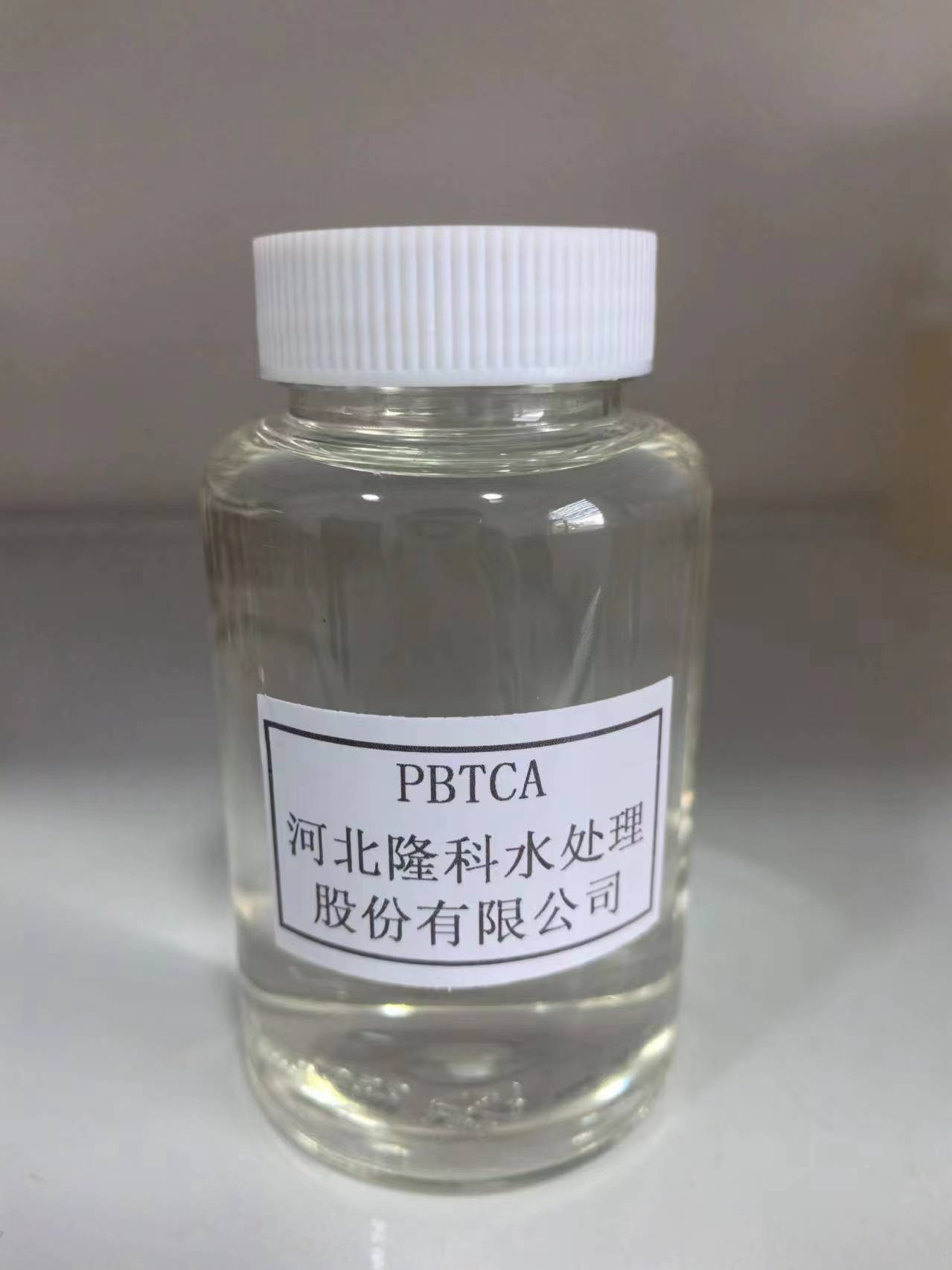anionic pam
The Role and Importance of Anionic Polyacrylamide (PAM) in Various Applications
Anionic Polyacrylamide (PAM) is a water-soluble polymer that has garnered significant attention due to its versatile applications across various industries. Characterized by its anionic charge, PAM is particularly effective in flocculation processes, where it aids in the separation of solids from liquids. The unique properties of anionic PAM make it an invaluable tool in industries ranging from agriculture to water treatment.
Composition and Properties of Anionic PAM
Anionic PAM is synthesized from the polymerization of acrylamide monomers, which are then modified to introduce anionic groups. This modification imparts a negative charge to the polymer, enhancing its ability to interact with positively charged particles, such as suspended solids. The molecular weight of PAM can vary significantly, influencing its performance in different applications. High molecular weight PAM is more effective in water treatment and soil stabilization, while lower molecular weight variants may be used for other purposes.
One of the remarkable properties of anionic PAM is its ability to absorb water, which allows it to increase the viscosity of solutions. This characteristic is advantageous in enhancing the performance of various processes by improving the efficiency of solid-liquid separation. Furthermore, PAM's compatibility with other chemicals makes it a flexible additive in many formulations.
Applications in Water Treatment
In the water treatment sector, anionic PAM is widely utilized for coagulation and flocculation processes. When added to wastewater, it helps agglomerate fine particles, making it easier to remove them through sedimentation or filtration. This process is crucial in municipal wastewater treatment plants, as it enhances the clarity of treated water and reduces the load on subsequent processing stages. Additionally, at industrial sites, anionic PAM aids in the treatment of effluents, ensuring compliance with environmental regulations.
The use of anionic PAM also extends to drinking water purification. Its ability to flocculate impurities ensures that water is not only clear but also free of harmful contaminants. As a result, the use of anionic PAM contributes to public health by supporting the delivery of safe drinking water.
anionic pam

Agricultural Benefits
Agriculture is another field where anionic PAM shows great promise. Its application in soil management practices helps reduce erosion and improves water retention. By applying PAM to soil, farmers can enhance its structure, which leads to better moisture management and nutrient retention. This is particularly beneficial in arid and semi-arid regions, where water scarcity poses a significant challenge to crop production.
Moreover, anionic PAM can be used in irrigation systems to improve efficiency. By preventing water runoff and enhancing infiltration rates, it allows for more effective use of irrigation water. This not only conserves water resources but also promotes healthier crop growth.
Environmental Considerations
The environmental impact of anionic PAM has been a topic of discussion among researchers and industry professionals. Overall, it is considered a relatively safe polymer; however, its degradation in the environment remains a concern. It is vital to implement practices that mitigate potential negative effects, such as ensuring proper dosage to minimize residuals in treated waters. Continued research is essential to fully understand the long-term implications of PAM use and to develop more sustainable alternatives.
Conclusion
The significance of anionic polyacrylamide in various sectors cannot be overstated. As a powerful agent in water treatment, it improves effluent quality and supports compliance with environmental standards. In agriculture, it offers solutions for soil management that can lead to increased productivity and sustainability. Despite environmental considerations, ongoing research and development efforts aim to refine its applications and enhance safety standards.
In conclusion, anionic PAM stands out as a versatile and effective polymer with wide-ranging benefits across multiple industries. Its ability to enhance processes, improve product quality, and contribute to environmental sustainability makes it an indispensable tool in the modern world. As industries continue to evolve, the role of anionic PAM is likely to expand, providing innovative solutions to the challenges of today and tomorrow.
-
Pbtc Scale InhibitorPBTC: A Scale Protector for Industrial Water TreatmentNewsAug.05,2025
-
Organic Phosphonate: An Efficient Defender in the Field of Scale InhibitionNewsAug.05,2025
-
Hydrolyzed Polymaleic Anhydride: Green Pioneer in Scale Inhibition FieldNewsAug.05,2025
-
PAPEMP Polyamino Polyether Methylene Phosphonic Acid For SaleNewsAug.05,2025
-
Flocculant Water Treatment: A Pioneer in Purification in the Field of Water TreatmentNewsAug.05,2025
-
Benzyl Isothiazolinone: An Efficient and Broad-Spectrum Antibacterial Protective GuardNewsAug.05,2025





